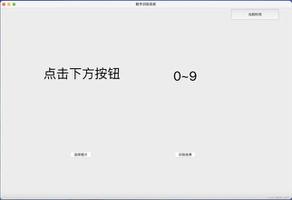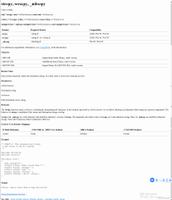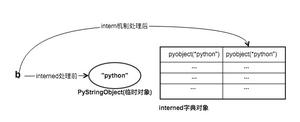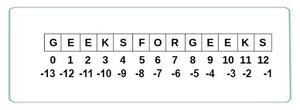在 Python 中应用操作后查找字典序最小字符串的程序
假设我们有一个只有数字的字符串 s 并且还有两个值 a 和 b。我们可以在 s 上以任意顺序应用以下两种操作中的任意一种 -
将 'a' 添加到 s(0 索引)的所有奇数定位项。如果数字是 9,那么通过添加一些东西将循环回 0。
将 's' 向右旋转 b 个位置。
因此,我们必须通过对 s 进行任意次数的上述操作,才能找到按字典顺序排列的最小字符串。
因此,如果输入类似于 s = "5323" a = 9 b = 2,那么输出将是 2050,因为如果我们遵循
旋转:“5323”
添加:“5222”
添加:“5121”
旋转:“2151”
添加:“2050”
示例
让我们看看以下实现以获得更好的理解 -
from collections import dequedef add_(s,a):
res = ''
for idx, i in enumerate(s):
if idx % 2 == 1:
num = (int(i) + a) % 10
res += str(num)
else:
res += i
return res
def rotate_(s, b):
idx = len(s)-b
res = s[idx:] + s[0:idx]
return res
def solve(s, a, b):
seen = set()
deq = deque([s])
while deq:
curr = deq.popleft()
seen.add(curr)
ad = add_(curr, a)
if ad not in seen:
deq.append(ad)
seen.add(ad)
ro = rotate_(curr, b)
if ro not in seen:
deq.append(ro)
seen.add(ro)
return min(seen)
s = "5323"
a = 9
b = 2
print(solve(s, a, b))
输入
"5323", 9, 2输出结果
2050
以上是 在 Python 中应用操作后查找字典序最小字符串的程序 的全部内容, 来源链接: utcz.com/z/341327.html








